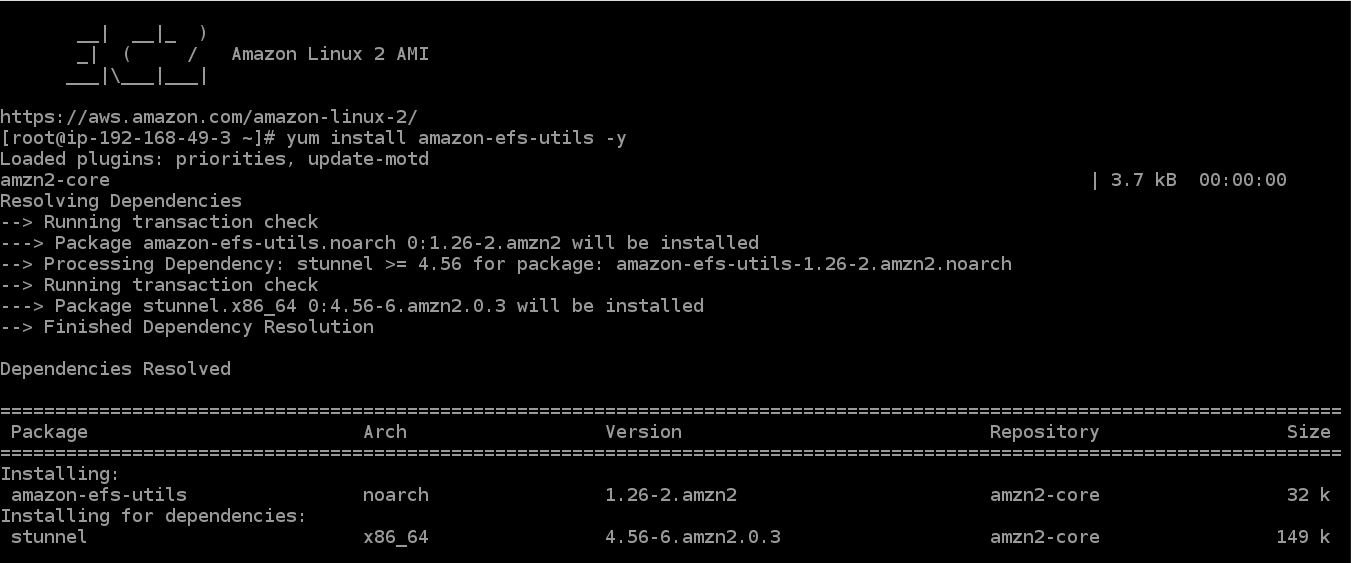

I would like to add that the above instructions worked perfect. You should now have a successful installation of Node.js running, and in further guides we’ll go more in-depth with some of the amazing things you can do with Node.js!

Open the console: nvm use noyour hosting plande.List installed Node.js versions: nvm ls-remote.Type nvm install or install the latest version: nvm install node #.

If you don’t receive output stating “nvm,” restart your server (shutdown -r) and try again. Verify the installation succeeded: command -v nvm.Install nvm, you can use the install script using cURL or Wget: curl -o- | bash wget -qO- | bash.Select the “nodejs10” toggle switch so it turns blue and displays “Install” to the right.įor Cloud Server Hosting and Bare Metal Dedicated Server Hosting, Node.js developers recommend using Node Version Manager (nvm) to install Node.js.You’ll need root access to follow the steps below.


 0 kommentar(er)
0 kommentar(er)
